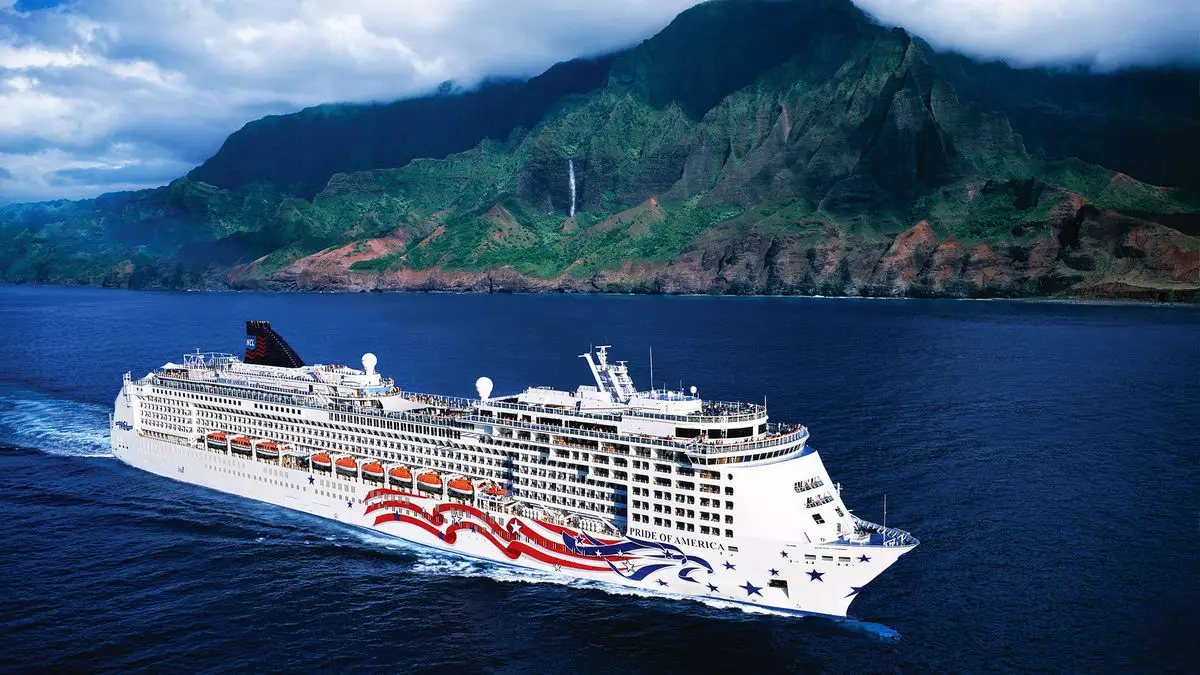In a substantial shift toward sustainable tourism, Hawaii is set to increase its Transient Accommodations Tax (TAT) from 10.25% to 11%, effective January 2026. This legislative action, passed through the Hawaii Legislature under bill SB1396, marks a pioneering endeavor in which the state aims to combat climate change while simultaneously strengthening its tourism sector. While many travelers gravitate towards destinations that showcase sustainability, Hawaii’s decision to invest in conservation efforts and renewable energy initiatives signifies a commitment to preserving its breathtaking natural beauty.
Governor Josh Green’s support for this bill highlights the urgency and importance of environmental responsibility in the face of dire climate-related challenges. As tourism continues to be a primary economic driver, enhancing Hawaii’s global appeal through sustainability can ensure that it remains a preferred destination for environmentally conscious travelers. Despite concerns regarding the impact of higher taxes on businesses and visitors, this strategy presents an opportunity for Hawaii to emerge as a leader in sustainable tourism practices.
The Impacts of Legislative Changes on Visitors
One significant aspect of the new tax structure is its inclusion of cruise ship passengers, who will also incur TAT charges starting in 2026. This provision represents a progressive step toward encompassing a broader spectrum of tourism revenue sources. Additionally, the law acknowledges alternative accommodations, echoing the rising popularity of unique lodging options such as camper vans. The holistic approach to taxation aligns with the need for comprehensive solutions in addressing climate concerns and supporting long-term economic health.
However, there are voices of opposition that caution against the tax increase. Critics argue that Hawaii already carries the burden of the highest visitor taxes globally, which could deter tourists seeking affordable vacation spots. Many stakeholders, including the president of the Maui Chamber of Commerce, have expressed concerns that intensified taxation could undermine the state’s efforts to rebound from economic stagnation following the pandemic and recent wildfires. Oftentimes, in the quest for sustainability, the immediate economic implications can be overshadowed by the noble objective, demanding a careful balance.
Balancing Sustainability and Economic Viability
From an economic perspective, the potential risks associated with increased taxation cannot be overlooked. The sentiment echoed by those opposing the tax increase emphasizes the precarious state of Hawaii’s tourism recovery, still reeling from the impacts of pre-pandemic conditions and the catastrophic wildfires experienced in August 2023. The reality is that while investing in sustainable practices is crucial, the timing of such measures must be carefully evaluated to prevent temporary setbacks for local businesses and the tourism industry.
Moreover, a diversified approach to combating climate change should not solely fall upon tourists and the hospitality sector. The argument for a balanced approach to taxation is valid; the cost burden of climate action should equally distribute across local taxpayers and industries. This would ensure the protection of critical tourism revenue streams and the financial health of Hawaii’s economy while simultaneously addressing urgent environmental issues.
Setting a Precedent for Global Tourism
Hawaii’s initiative is drawing substantial attention, potentially positioning the state as a trailblazer in global tourism reform. Governor Green’s optimistic outlook, which acknowledges the role this legislation plays in averting climatic catastrophes and managing wildfire risks, resonates with the increasing global emphasis on environmental protection. By establishing this progressive legislative framework, Hawaii indeed sets a new standard that prioritizes both ecological preservation and economic sustainability.
As the world pivots toward eco-conscious practices, other destinations may follow Hawaii’s lead, but it is imperative that this transition is carefully shepherded to minimize adverse impacts on the tourism sector. Keeping the dialogue open between stakeholders—lawmakers, businesses, and tourists—will be critical in fine-tuning these policies to enhance their effectiveness while reducing potential backlash.
In this pivotal moment for Hawaii, the state stands at a crossroads, where the decision to champion sustainability can have far-reaching implications for its economy, environment, and future as a prime tourist destination. The challenge will lie in harmonizing an ambitious vision with practical execution, ensuring that both the land and its people prosper in the long term.

